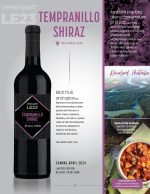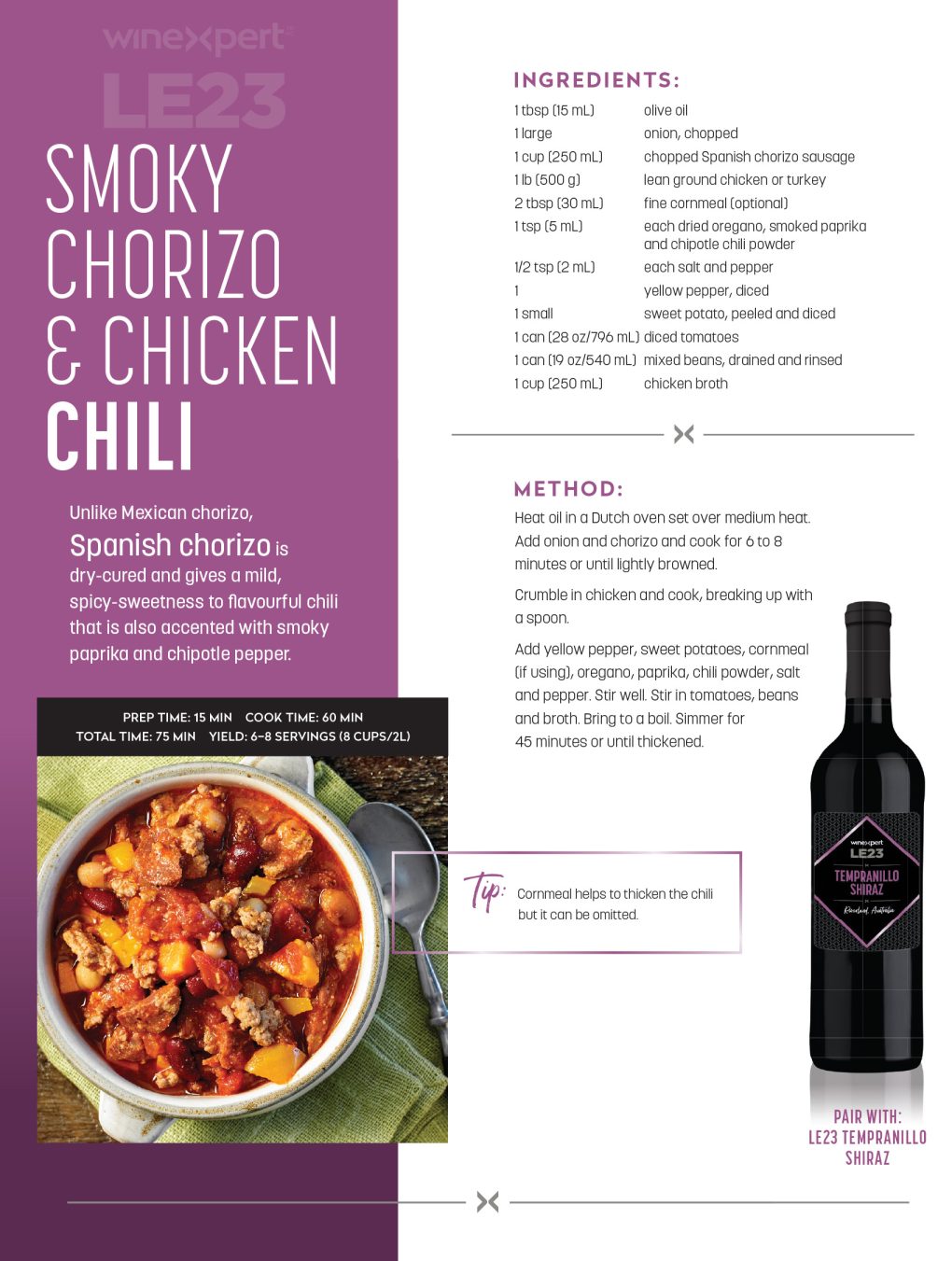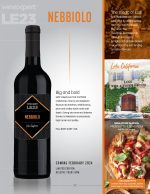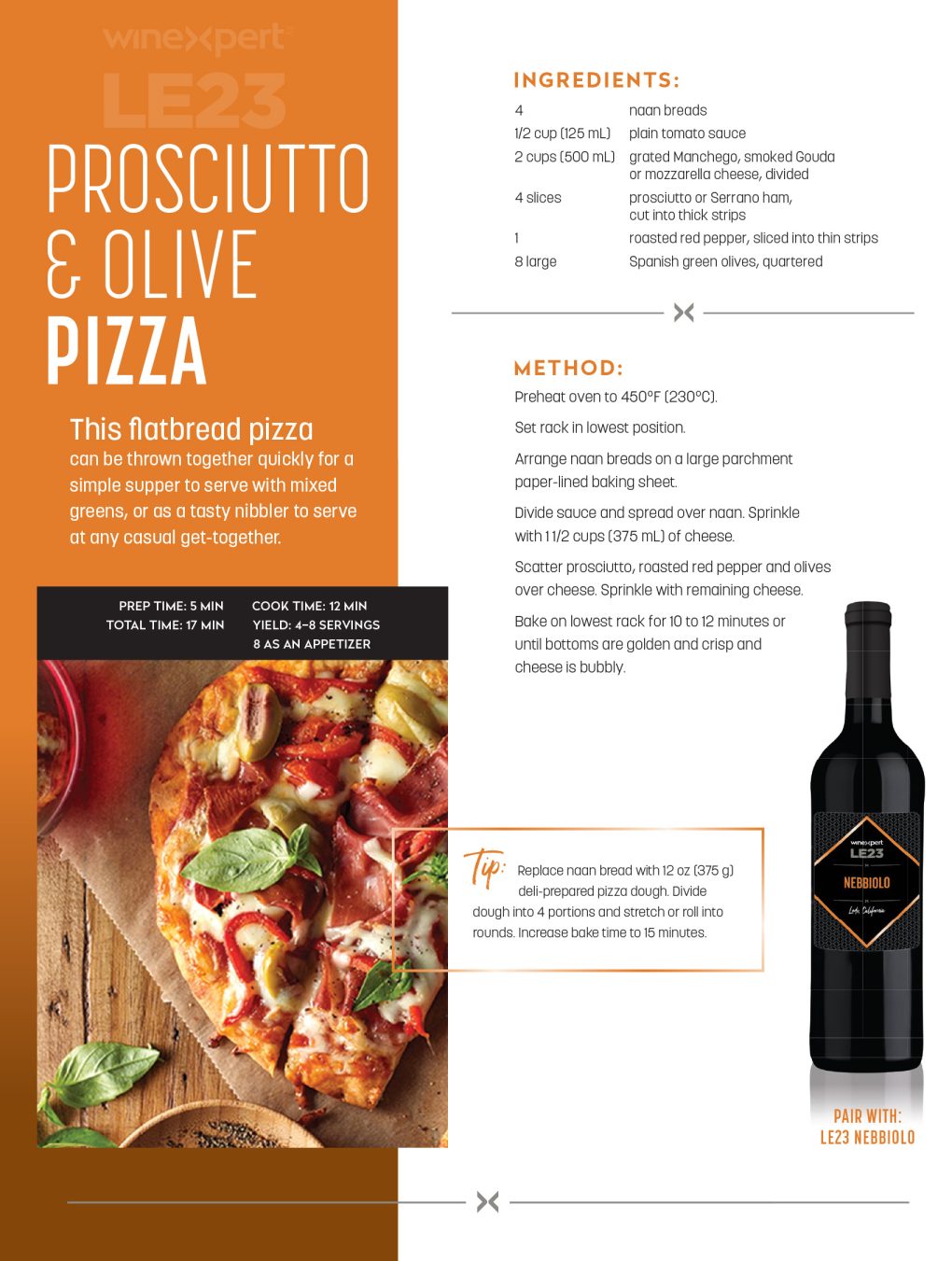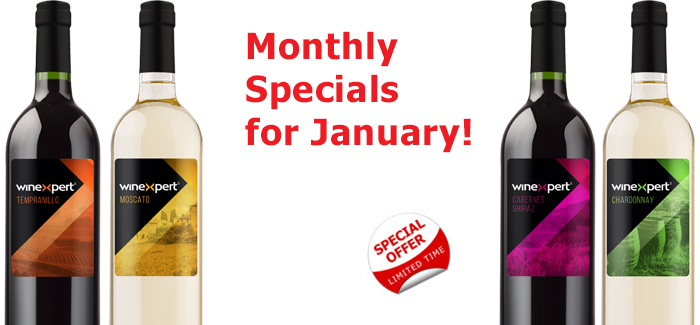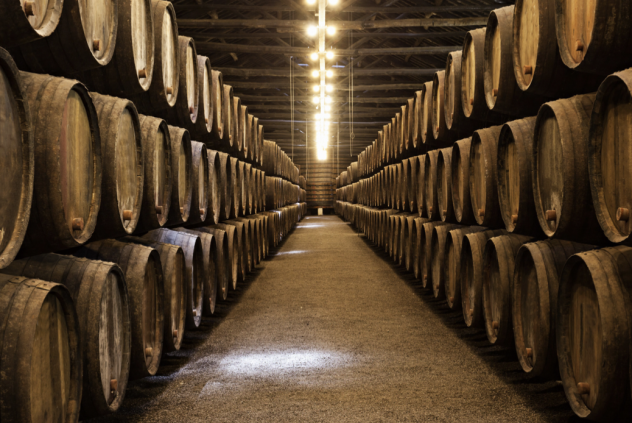
The aging of wine, typically red wine, to improve its quality, depth, and character is an element to wine that distinguishes it from other consumable goods/drinks.
The aging of wine also augments wine’s cherished mystique.
Something grand is happening inside that barrel, or bottle, that’s beyond the control of meddling human hands. You make the best wine you possibly can, and wait to see the results.
It’s a thrilling (and nerve-racking!) process!
As wine ages, it’s youthful characteristics gradually change, become paler in color, and muted in astringency.
The ‘rougher’ tannins of a young robust wine slowly soften for a smoother, rounder mouthfeel in its maturity.
The color intensity and opacity of red wine also dramatically change, taking on more amber and orange hues, shedding its inky purple and red vibrancy of youth.
Such changes occur in aging wine due to the phenolic compounds producing various chemical reactions.
Such compound reactions aggregate molecules to bind together, eventually creating larger particles in the wine, which then separate and form visible sediment, a clear sign of an aged wine. The sediment is then most often separated from the rest of the drinkable wine via decanting.
And aging red wine but not white is more the rule of thumb than an absolute statement.
Chardonnay for example, is a white wine whose oaky palette and character is defined by its barrel aging. And there are some sweet whites and fortified wines that also are designed to age well, although honestly, this is rare to come by.
But yes, the majority of white wines – given their fragility and lower antioxidant content – are produced to be consumed as they are released into the market.
But here’s the zinger.. Even most commercial red wines fall into this category today.
As a matter of fact, very few wines of any variety possess the potential to improve with further aging. According to Jancis Robinson, a Master of Wine, only the top 10% of all red wines and top 5% of all white wines have this ability! Plus, only 1% of all wines can improve beyond a decade of aging.
Generally speaking, the vast majority of wines on the market today begin losing vibrancy in color and aromatic bouquet between 6 – 24 months in the bottle, depending on the wine varietal being stored.
The rule of thumb is simple, though: the lower a wine’s pH level, the higher the capacity for improving with age.
Plus, higher phenolic density in a wine, which usually distinguishes reds from whites, will also improve chances for successful aging.
Original article by: Melinda
From: enjoyhopewellvalleywines.com/wine-faq.html
